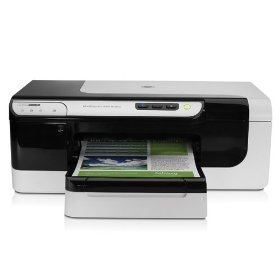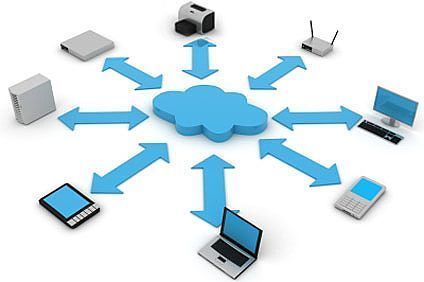How to Add a Printer to a Wireless Network
If you want to add a printer to a wireless network, you need to:
1) Ensure that the printer has at least one USB port.
2) Purchase a wireless adapter and connect it to the printer’s USB port. Since wireless adapters work on Plug-and-Play technology, the printer should automatically detect it and begin installing all of the drivers necessary for the wireless adapter to function properly.
3) In order to specify which wireless network the printer should connect to, connect the printer to the router via an Ethernet cable and access the router’s control panel by typing the default IP address into any Internet browser’s address bar.
4) When you log into the router, a tab for printers, fax machines, and/or other devices will appear. Click on this tab and enter the printer’s MAC address into the appropriate field. Once the changes are saved, the printer should connect to the router via a wireless connection.
How Does a Wireless Printer Adapter Work?
A wireless printer adapter is a device that allows you to use printers and fax machines without a cable, DSL, or dial-up connection. Wireless printer adapters allow printers to be placed anywhere without the limitations of direct cable connections. A wireless printer adapter may either be a regular wireless adapter or Bluetooth adapter.
Wireless printer adapters work in the same way as all other wireless adapters. It connects to a printer or fax machine via a USB port or Firewire port. While the computer converts digital information into radio signals for the adapter to receive, the adapter converts the radio waves back into digital information and sends the data to the printer, where it is interpreted and carried out as a print task. When the task is finished, the printer uses the wireless printer adapter to send a signal to the computer to alert the user.
Applications
Libraries, schools, and offices often use one, central printer in order to save space and decrease equipment costs. Rather than connecting each computer to the printer via Ethernet cables, most institutions use wireless technology.
Advantages
Using wireless adapters is actually a less expensive solution than physically tethering several computers to the same printer. Additionally, wireless printer adapters remove limitations concerning how many computers can be connected to the same device, while physical connections may be restricted due to a lack of network ports.
How to Setup a Wireless Printer
It is important to place the printer close enough to the router, because that way, the signal will be stronger. Setting up the printer is very simple: you have to turn it on and then install software on your computer. 
Access the control panel. Look for the printer button and double click. This will open up a list of the printers you’ve successfully installed on the computer. Click the Add Printer button. It will give you the option to pick either a local printer or a wireless/Bluetooth printer. The obvious choice here is to click the wireless/Bluetooth tab.
Once you do this, it will open up a scrolling bar as it searches for any wireless printers in the area. When your printer appears, double click. The computer will then add it to its list of printers to print from. Once this is done, open up a text document. Click print and select the new wireless printer to see if it works.
Printer Sharing
The least expensive solution is to add a local printer to one of the computers on a wireless LAN and then enable printer sharing on that computer.

To share a printer in Microsoft Windows:
- Click the Start button
- Click the Control Panel menu option
- Click the Printers and Faxes icon
- Select the printer to be shared
- Click the File menu
- Click the Sharing menu item


Comments - 11 Responses to “How to Add a Printer to a Wireless Network”
Sorry but comments are closed at this time.